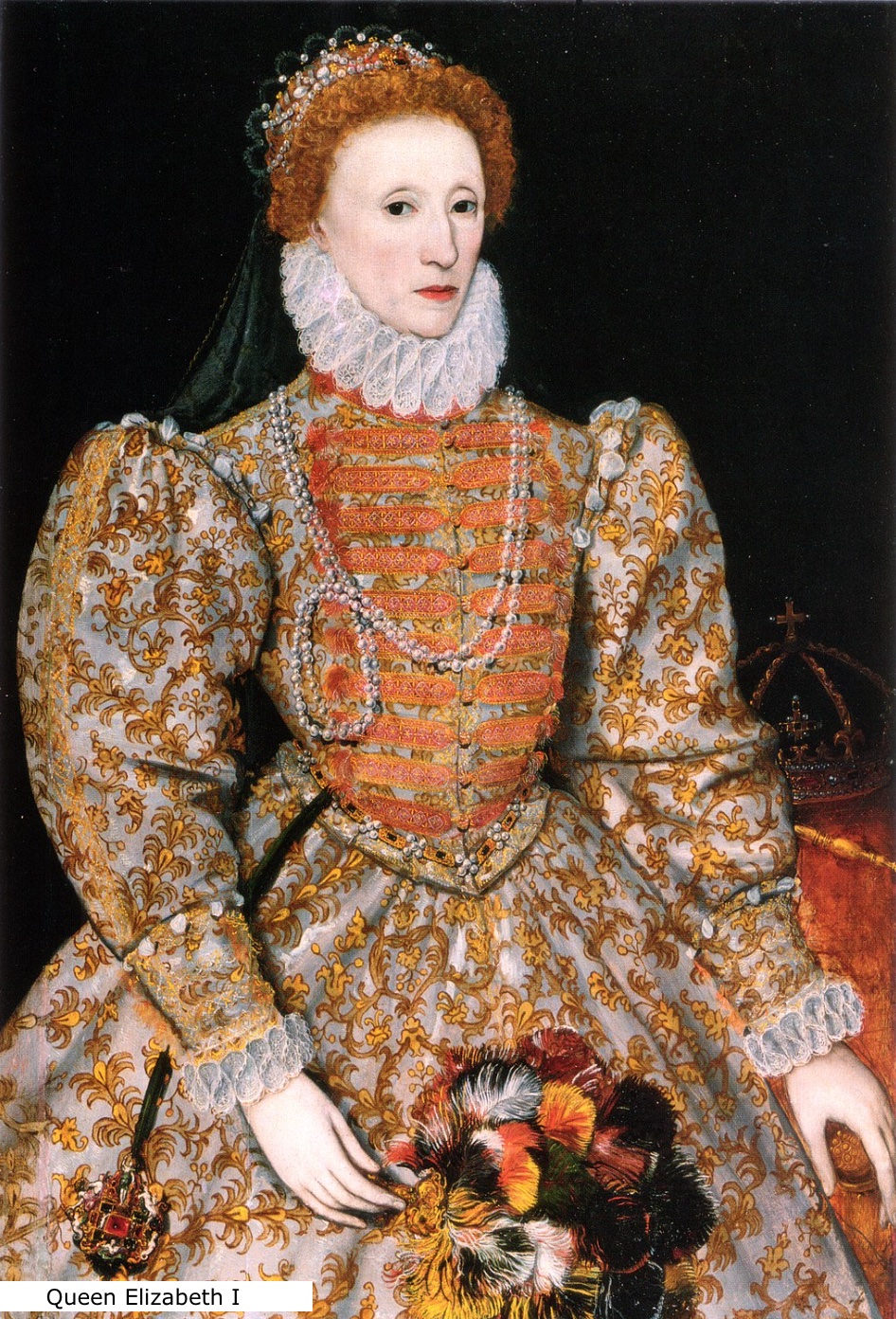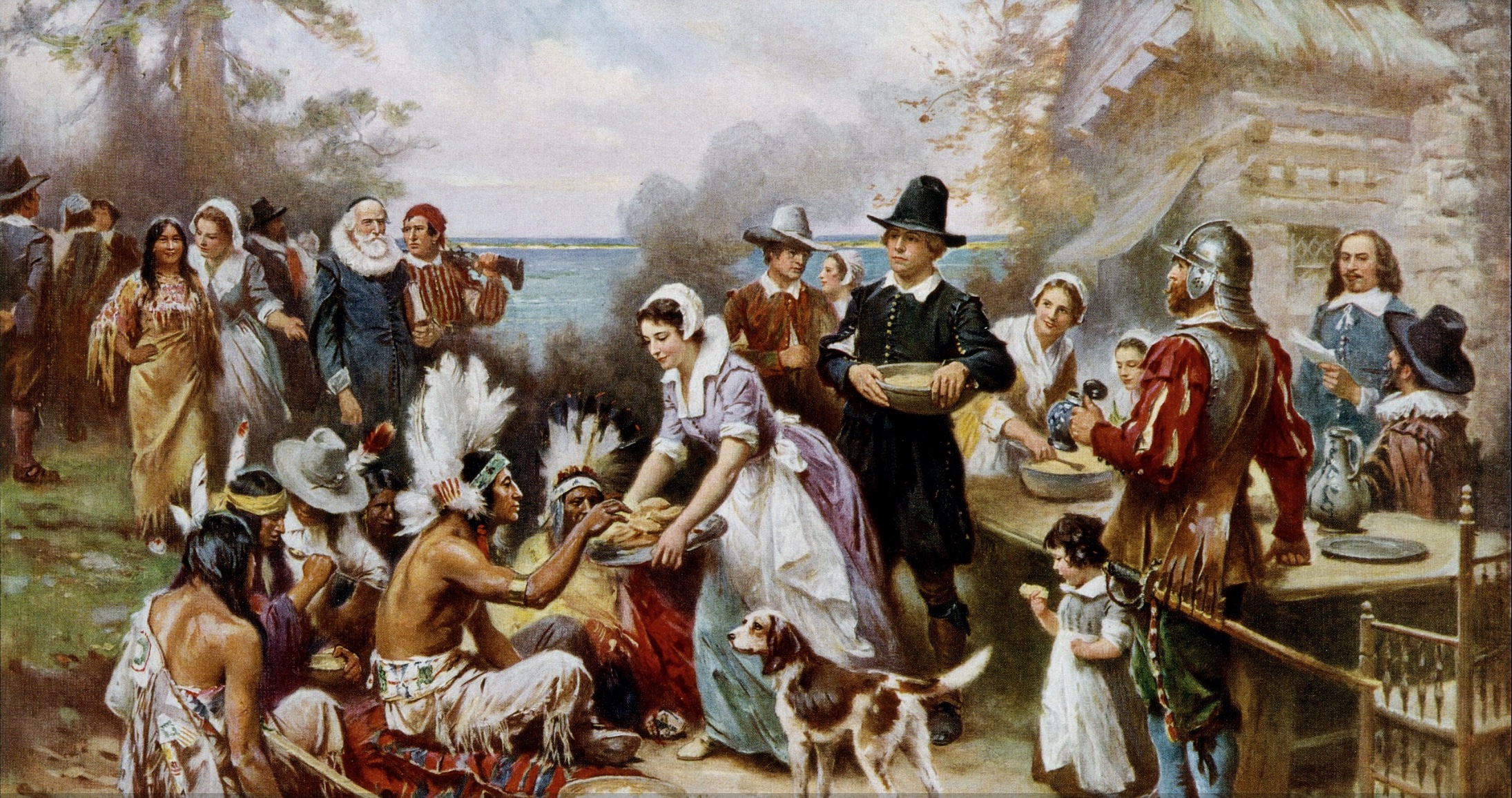13 Colonies Interactive Map
This map displays the 3 Regions in which the 13 Colonies were divided. The Northern Colonies are represented in Red, the Middle Colonies in Purple, and the Southern Colonies in Blue. To see the 13 Colonies Map, click the buttons. To see how the colonies began and grew, press the buttons with the years. Zoom in on the map to take a closer look! Hover to get the name, colony, dates, and details. For more information, scroll down.
| Regions | Colonies |
|---|---|
| New England Colonies | New Hampshire Colony |
| Massachusetts Colony | |
| Rhode Island Colony | |
| Connecticut Colony | |
| Middle Colonies | New York Colony |
| New Jersey Colony | |
| Pennsylvania Colony | |
| Delaware Colony | |
| Southern Colonies | Maryland Colony |
| Virginia Colony | |
| North Carolina Colony | |
| South Carolina Colony | |
| Georgia Colony |
The Colonies

In the 1570s and 1580s, Queen Elizabeth of England granted royal permission to colonize America. This was in order to grow the British Empire and counter the power of Spain.
The English wanted to create wealth, establish trade, and create new jobs through ports and commerce with the new world.
Each colony had its own characteristics and unique history. Nevertheless, because of their proximity and geography, they are grouped by regions.
The map and table above display the 3 regions and their colonies. The map also shows the timeline of the creation and dissolution of some of these settlements.
Some of the subdivisions of these colonies are counties. Others are parishes.
As you click the buttons for each year, you will see how counties are created. Some may overlap with pre-existing ones.
If you want to learn more about the U.S. Colonies, Amazon has American History: An Enthralling Overview of Major Events that Shaped the United States of America. This book delves into the most significant moments of America’s history, from the arrival of the first colonists all the way to the 21st century!
New England Colonies
The major events of the New England colonies include:
- In 1620, the Mayflower Compact was signed by the Pilgrims, establishing a self-governing agreement for the Plymouth Colony.
- New Hampshire was founded in 1623 as a fishing colony. It was first under the jurisdiction of Massachusetts.
- New Hampshire was granted to Captain John Mason, who named the new settlement after his homeland in Hampshire County, England.
- John Winthrop led a group of Puritans to establish 1630 the Massachusetts Bay Colony, which became a major center of Puritan settlement and influence in the region. The Puritans fled England looking for religious freedom.
- The Plymouth Colony never became a state. It became part of the Massachusetts Colony.
- Meanwhile, in 1636, Roger Williams founded Rhode Island on the principles of religious freedom and separation of church and state.
- Connecticut Colony, known as the River Colony, was organized on March 3, 1636, as a place for Puritan noblemen.
- In 1637, the Pequot War erupted in New England between English colonists and Native American tribes.
- Between 1675 and 1676, a conflict between Native American tribes and New England colonists resulted in the Metacom War, also known as King Philip's War. The consequences were significant casualties and destruction.
- In 1692, the Salem witch trials in Massachusetts led to the execution of several individuals accused of witchcraft.
- Between 1702 and1713, Queen Anne's War (part of the War of Spanish Succession) involved the American colonies in conflict with France and Spain.
- In 1713, the Treaty of Utrecht ended Queen Anne's War, securing British control over Nova Scotia and parts of present-day Maine.
- In the 1750s, tensions between the British government and New England colonists intensified due to issues such as taxation and the enforcement of British policies.
- The Boston Massacre occurred in 1770, when British soldiers fired on a mob of colonists in Boston, leading to further resentment toward British rule.
- 1773: The Boston Tea Party takes place as colonists protest the Tea Act by dumping British tea into Boston Harbor.
- 1775: The American Revolution began with the Battles of Lexington and Concord in Massachusetts.


For more on the 13 colonies, Amazon sells A History of US. A ten book series. A History of US weaves together exciting stories that bring American history to life.
Middle Colonies
- Jamestown, Virginia, was founded by English settlers in 1607, marking the establishment of the first permanent English colony in North America.
- Capitan John Smith instilled greater discipline among the settlers, enforcing the rule "He who will not work shall not eat." Under Smith's guiding hand, the colony made progress.
- In 1609, Henry Hudson landed in North America on behalf of the Dutch East India Company and explored the region around the modern New York metropolitan area.
- After Henry Hudson, small trading colonies emerged in towns where Hoboken and Jersey City are now located.
- In 1619, the African slaves were brought to Virginia. They are the first to arrive in the 13 Colonies.
- 1619: The first representative assembly in British North America, the House of Burgesses, was established in Virginia.
- The Dutch first settled along the Hudson River in 1624 and established the colony of New Amsterdam on Manhattan Island.
- The Dutch first settled along the Hudson River in 1624 and established the colony of New Amsterdam on Manhattan Island.
- Settlers from the Netherlands, Sweden, and Finland settled in Bergen, forming the first permanent European settlement in the state of New Jersey.
- In 1634, Maryland was founded by Lord Baltimore as a haven for Catholics.
- The Delaware Colony was founded in 1638 by European colonists from the Netherlands and Sweden under the leadership of Peter Minuit.
- In 1649, Maryland passed the Maryland Toleration Act, granting religious freedom to all Christians.
- Delaware fell under English control in mid 17th century.
- Maryland was founded in 1634 as a haven for Catholics by Lord Baltimore.
- In 1664, the Dutch lost control of New Jersey to the English, which was part of the New Netherlands colony at the time.
- During 1774, the First Continental Congress met in Philadelphia to discuss grievances against British rule.
- In 1664, the English took control of New Amsterdam and renamed it New York.
- In 1676 Bacon's Rebellion in Virginia highlights tensions between settlers and Native Americans, as well as dissatisfaction with colonial governance.
- In 1681 Pennsylvania was founded by William Penn as a Quaker colony.
- 1699: The capital of Virginia is moved from Jamestown to Williamsburg.
- In 1775, Virginia's Royal Governor, Lord Dunmore, issued a proclamation offering freedom to enslaved people who joined the British side during the Revolutionary War.
- In 1776, the Continental Congress adopted the Declaration of Independence on July 4, officially declaring the colonies' independence from Britain.
- In 1777, the Continental Congress adopted the Articles of Confederation, the first constitution of the United States.



Southern Colonies
- In 1663, Carolina was granted to eight English nobles by King Charles II.
- Georgia was established in 1733 as the last of the 13 colonies, primarily as a debtor's colony and as a buffer between the Carolinas and Spanish Florida.
- The French and Indian War between 1754 and 1763, also known as the Seven Years' War, saw the British colonies and Native American allies fighting against the French and their Native American allies.
- In 1712, North Carolina officially separated from South Carolina.
- In 1739, the Stono Rebellion, a slave revolt, occurred in South Carolina.
- Between 1754 and 1763, the French and Indian War had an impact on the Carolinas as they became involved in a broader conflict.
- In 1752, Georgia officially became a royal colony.
- In 1763, the Treaty of Paris ended the French and Indian War, with Britain gaining control of Canada and Florida while ceding Louisiana to Spain.
- 1773: The Georgia Trustees, who originally governed the colony, turned over control to the British Crown.


Thank you for Subscribing!
Resources for 13 Colonies Map
The shapefiles of U.S. Counties were downloaded from Atlas of Historical County Boundaries.
The shapefiles with U.S. Borders were obtained from Natural Earth.
Made by Luz K. Molina with D3.js.








